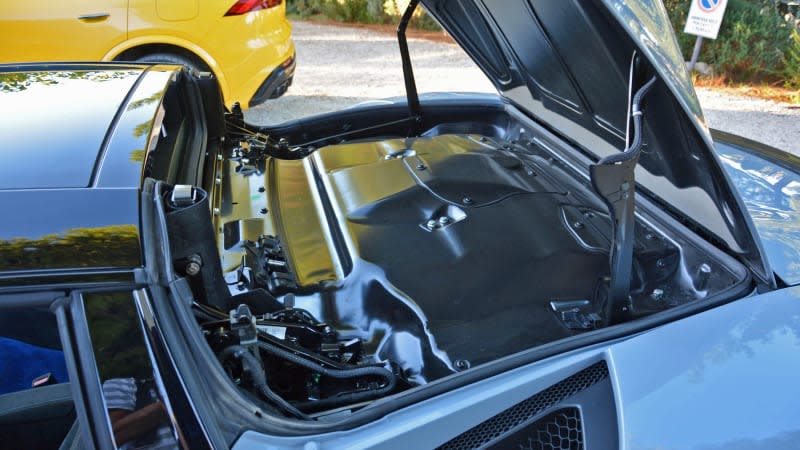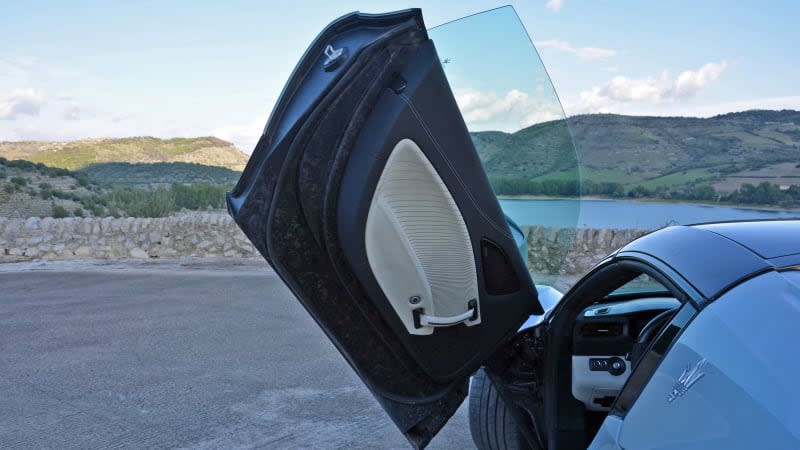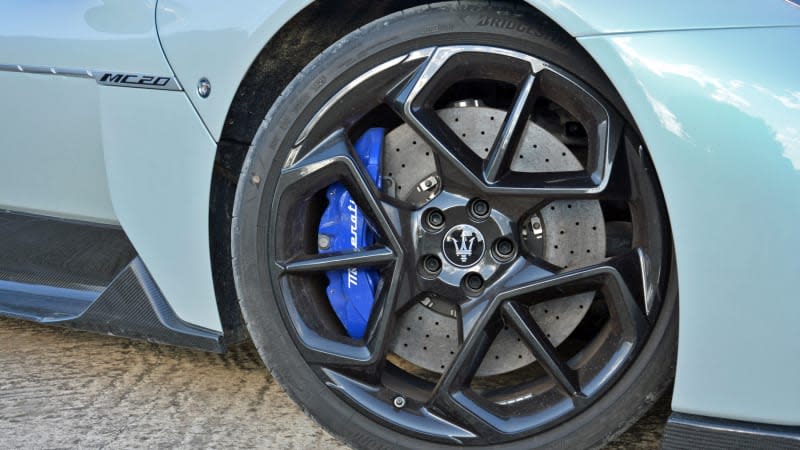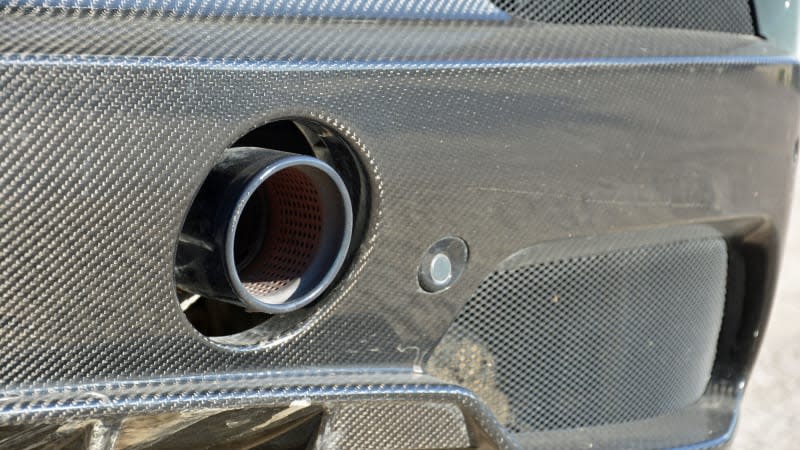2023 Maserati MC20 Cielo First Drive Review: Fine-tuned from the top down

CATANIA, Sicily — “We wanted to give the Cielo the same behavior and character as the MC20 but with the sharp edges made a little smoother,” explained Federico Landini, the man in charge of the MC20’s development.
Cielo is the name Maserati chose for the convertible MC20 — it means “sky” in Italian and sounds less generic than Spider, Spyder or another arachnid-inspired label. This new version of Maserati’s first supercar in over a decade slots in the range as a softer, more touring-oriented alternative to the coupe. While the two MC20s look a lot alike, Maserati ensured the Cielo has its own personality.
Same heart, different bones
Like the MC20 coupe, the Cielo is powered by Maserati’s excellent 3.0-liter Nettuno V6 engine, which is twin-turbocharged to develop 621 horsepower at 7,500 rpm and 538 pound-feet of torque from 3,000 to 5,500 rpm. While 600+ horsepower is par for the course in this segment, achieving that number with six cylinders is rather unusual. The engine develops 207 horsepower per liter of displacement. If every engine offered this level of power density, we’d have a 414-horsepower Volkswagen Golf GTI to play with.
This engine also powers variants of the Grecale SUV, though the MC20 models use a dry-sump lubrication system. Landini told me Maserati felt confident sending a V6 into a ring dominated by rivals with eight or more cylinders because it fitted the engine with both direct and indirect fuel injection systems. This innovative technology — which traces its roots to Formula One racing — adds pre-chambers inside the cylinder head and a second set of spark plugs to the 90-degree V6 to provide a 100-horsepower boost.
Mid-mounted, the Nettuno spins the Cielo’s rear wheels via an eight-speed automatic transmission linked to a pair of steering-wheel-mounted shift paddles. Maserati quotes a 0-62-mph time of a little under 3 seconds and a top speed of approximately 199 mph, so the coupe is slightly quicker and faster.




Giving up two or three tenths of a second to highway speeds and forfeiting a few miles per hour at the top end is a fair trade for unlimited headroom. Going topless also makes the Cielo about 143 pounds heavier than the coupe: it tips the scale at roughly 3,400 pounds, which remains reasonably light.
Landini stresses the increase corresponds exactly to the weight of the folding roof and its mechanism, and he adds that his team managed to avoid making the Cielo too plump because they planned this variant from the get-go; it wasn’t developed as an afterthought. Chassis changes further set the Cielo apart.
“We fine-tuned the suspension system due to the difference in weight balance depending on whether the roof is up or down. The roof is over the back end when it’s down, so we made the rear springs stiffer and in turn we needed to rebalance the dampers,” Landini told me. Chopping off the top also gets rid of the secondary load line that prevents the carbon fiber monocoque from bending and cracking in the event of an accident by transferring forces, so Maserati cleverly added cast-aluminum inserts to the doors and the sills to offset the loss of rigidity and keep the tub in one piece under pressure.
Visually, the MC20’s fluid, low-slung silhouette remains relatively unchanged, though the engine is no longer visible through the decklid. The cabin is standard MC20 fare with an important exception: The dial on the center console used to select one of the four driving modes is now digital. The Cielo also inaugurates a suite of electronic driving aids that includes traffic sign recognition, a forward collision warning system, and automatic emergency braking. The coupe will soon receive these technologies.
Softer, but not soft
“We have defined a new GT mode that completely changes the setup of the suspension and steering systems, the throttle response, the gearbox response and the rear differential,” Landini tells me.

 Yahoo Autos
Yahoo Autos 
